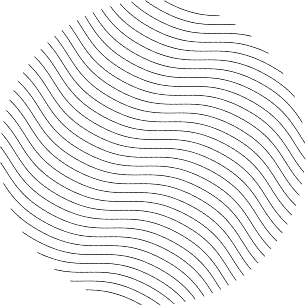Biography
Subrahmanyan Chandrasekhar, US/Indian astrophysicist (Lahore, 19 October 1910 – Chicago, Illinois 21 August 1995)
Nephew of Nobel Laureate physicist C.V. Raman
ACHIEVEMENTS
Published nearly 400 papers and many books
Determined maximum mass of a star that can support itself against its own gravity without the aid of heat known as Chandrasekhar limit (1930)
Enunciated important theorems about cosmic masses stability under gravity, rotation and magnetic fields
Discovered relativistic instability of radial oscillations in white dwarf stars
Showed the phenomenon of dynamical friction
Introduced the notion of a continuous distribution of matter with statistical fluctuations in density
Introduced relaxation concept in stellar dynamics
Developed post-Newtonian approximation for treating the field equations of general relativity that became normal standard for computing gravitational waves in dynamical systems of massive particles
Performed the first estimates about the formation of chemical elements in stars (1942) with L.R. Henrick
Discovered tensor virial theorem
Derivated a radiactive transfer equation
HONORS
Physics Nobel Prize (1983)
Bruce Medal (1952)
Asteroid 1958 Chandra
EPONYMY
Chandrasekhar-Friedman-Schultz instability (1970)
Chandrasekhar-Schenberg limit (1942)
Chandrasekhar bosonic mass
Wick-Chandrasekhar method
Chandrasekhar number
Chandrasekhar H-functions
Chandrasekhar-Kendall modes (1936)
Chandrasekhar-Münch equation
Chandrasekhar colliding wave plane
Chandrasekhar variational principle
Chandrasekhar virial equations
Chandrasekhar tensor
Chandrasekhar friction


